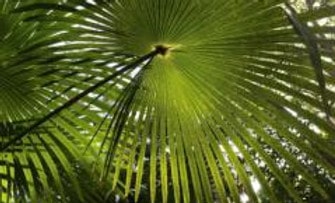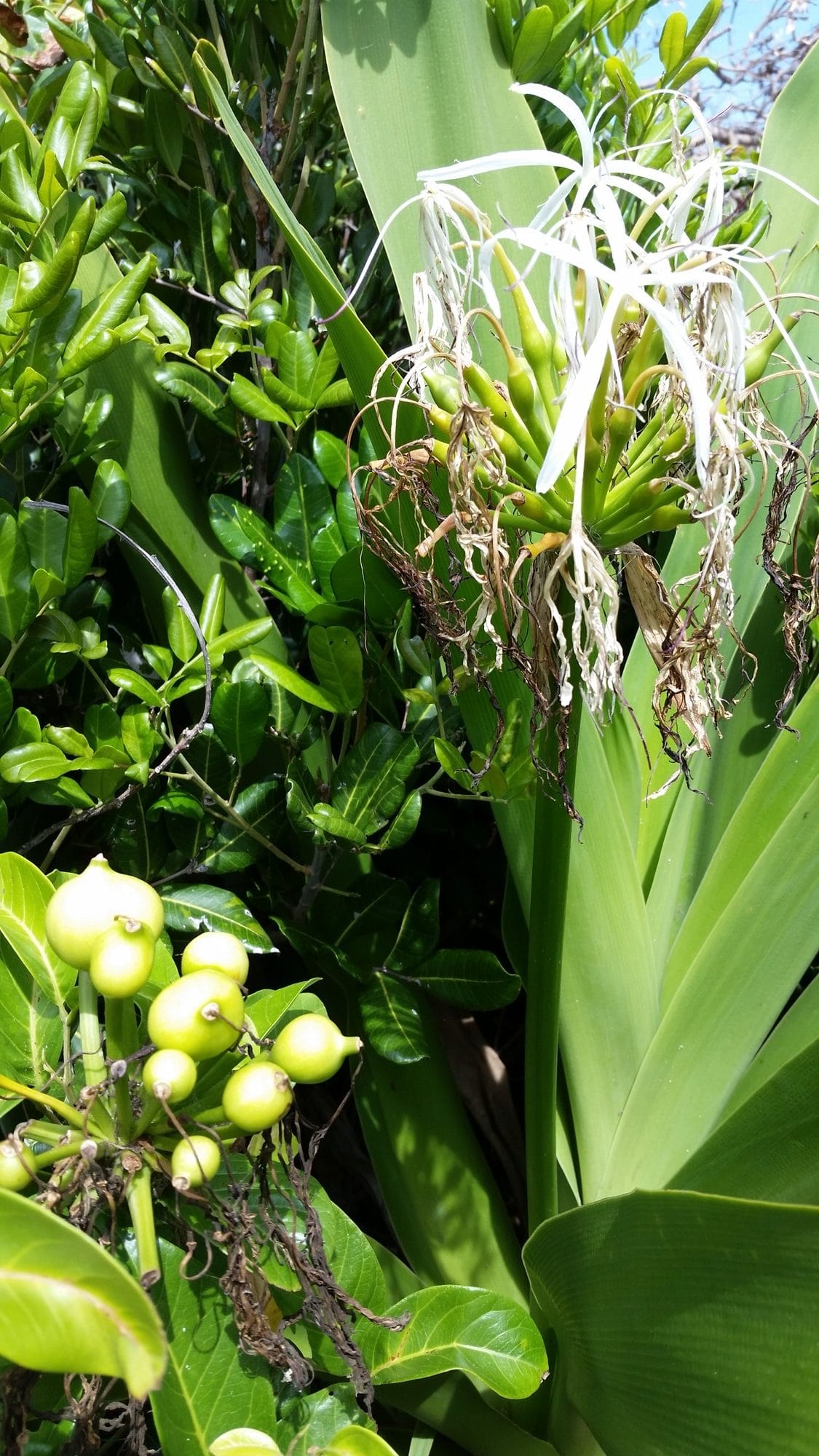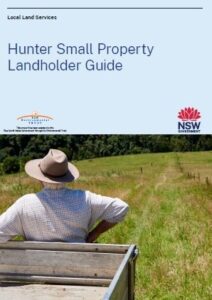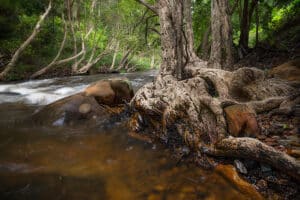DECIDUOUS FIG
You can see a section of the old dune here where the land rises up. Near the post is a large Deciduous Fig Ficus superba var. henneana which is a type of Strangler Fig. Figs produce large quantities of fruit which is an important food source for birds including fruit eating pigeons, Figbirds and bowerbirds.
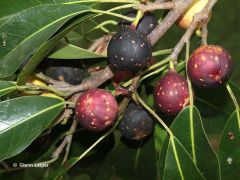
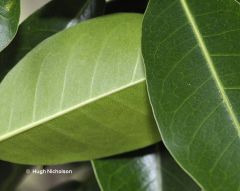
SANDPAPER FIG
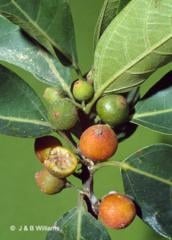
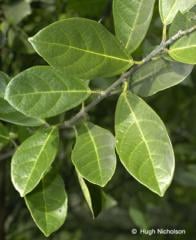
WONGA PIGEON
The Wonga Pigeon and 3 threatened Fruit-Doves (Wompoo, Rose-crowned and Superb) enjoy the fruits of the littoral rainforest along the NSW coastline. If you are lucky, you will hear them or see one feeding in the canopy.
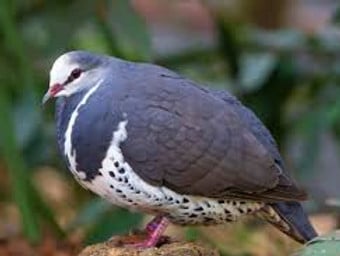
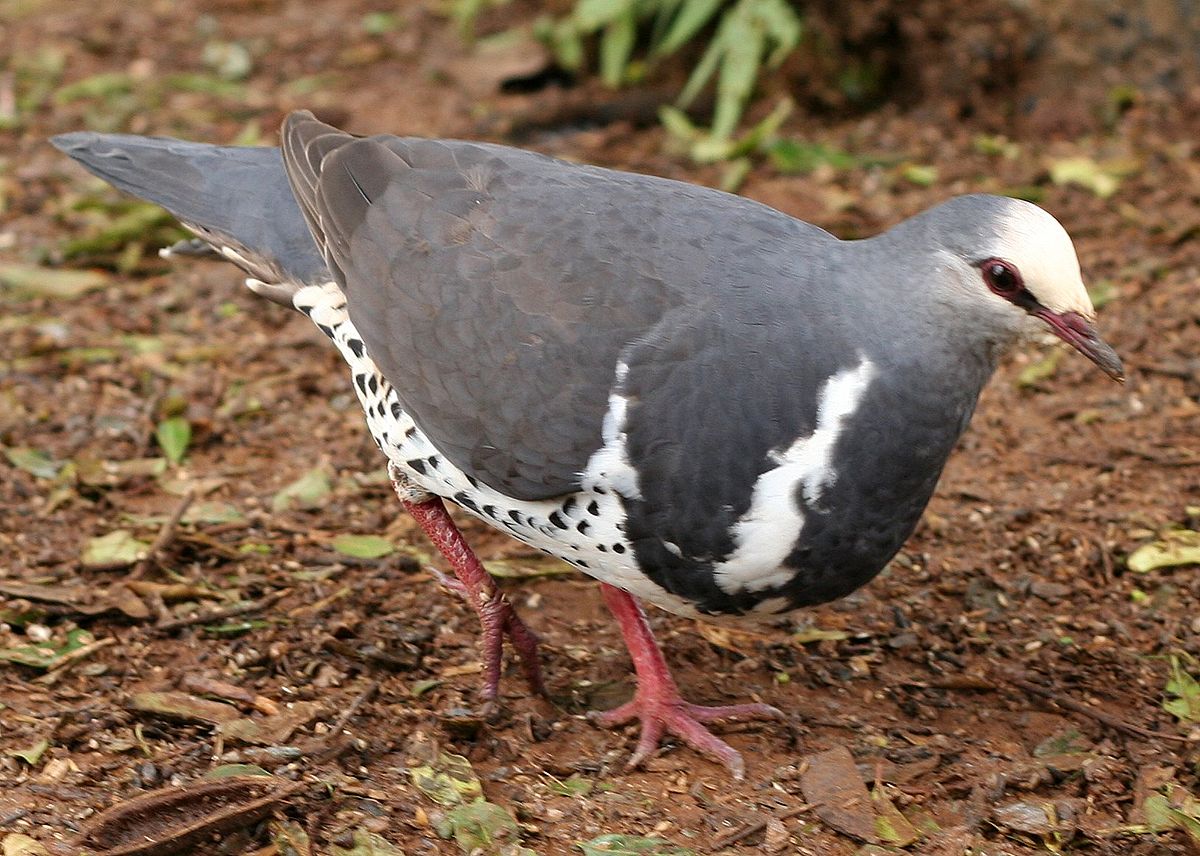
PALMS
Opposite, to the right, is a large but short Cabbage Tree Palm Livistona australis and a much smaller River Lily Crinum pedunculatum with its attractive strap-like leaves. They are growing on the edge of the paperbark swamp dominated by Broad-leaved Paperbark Melaleuca quinquenervia.
